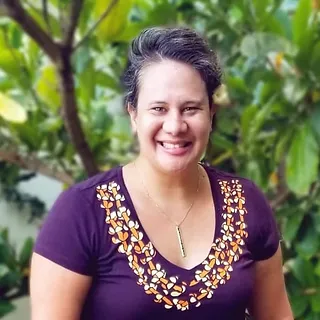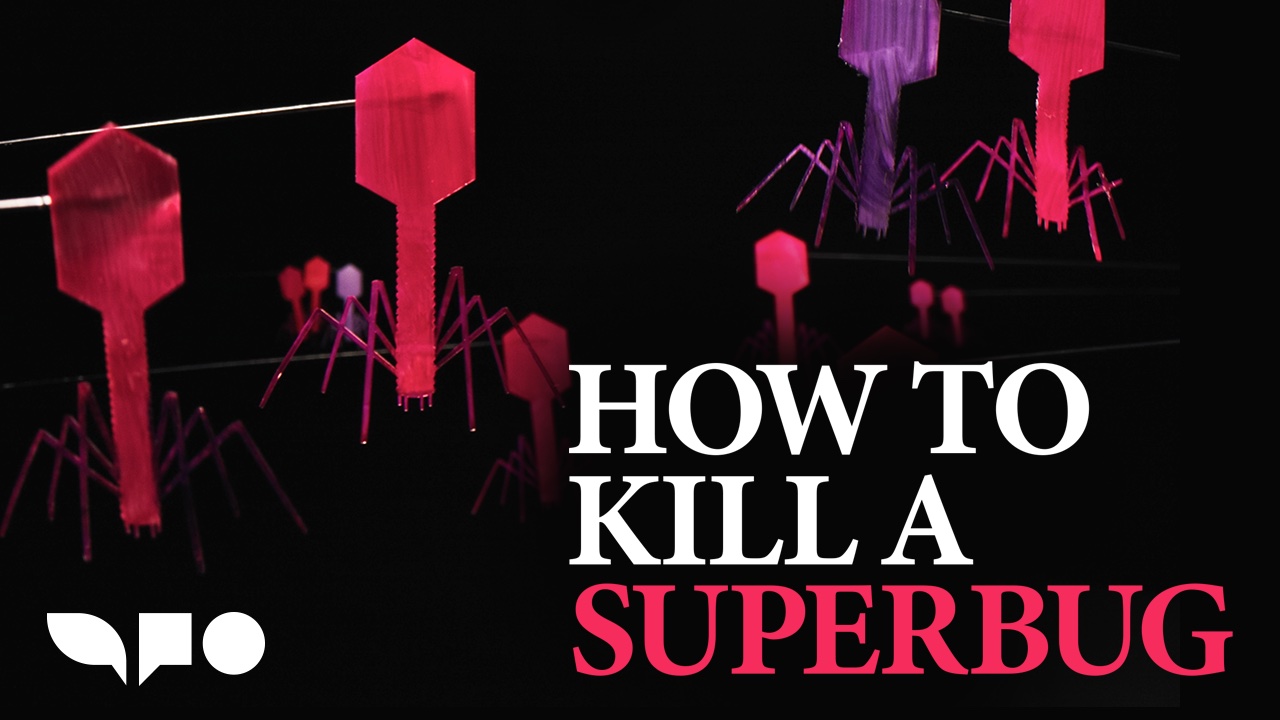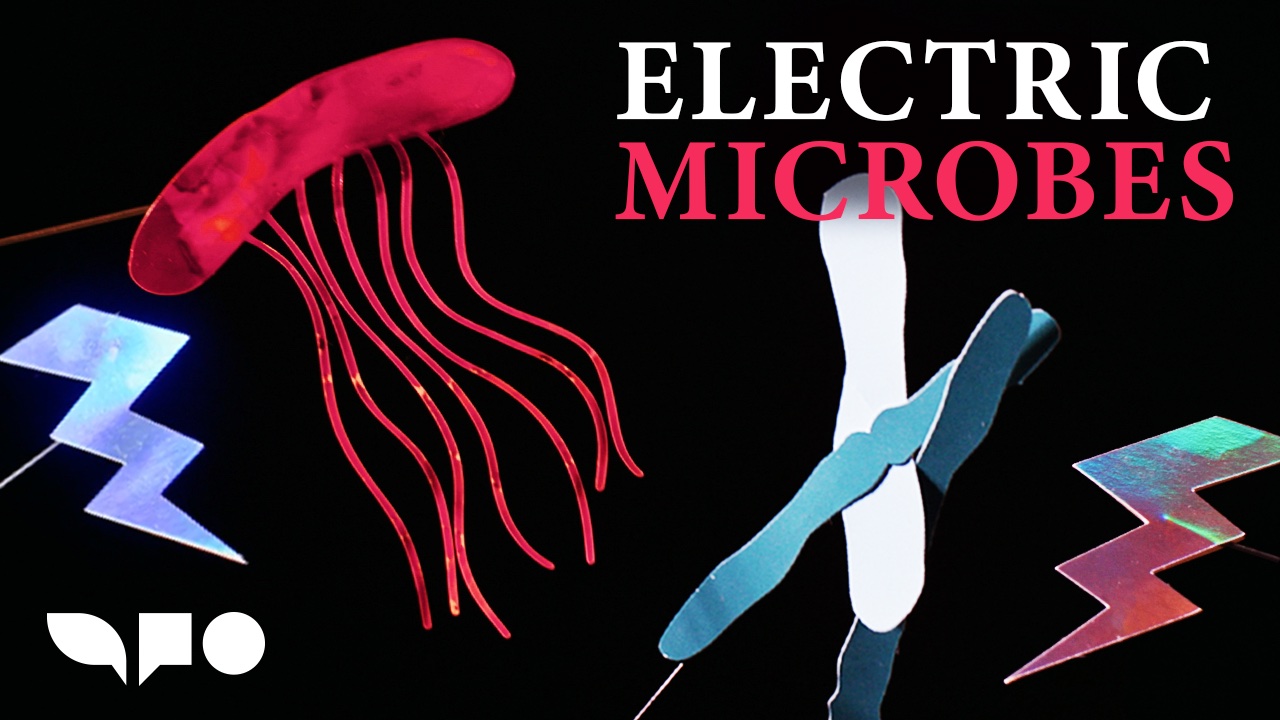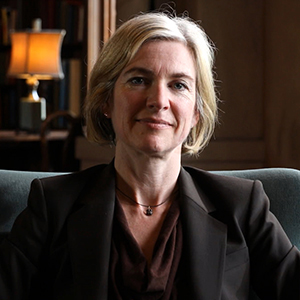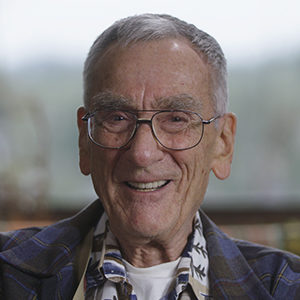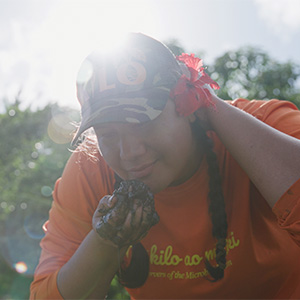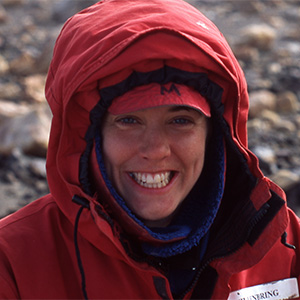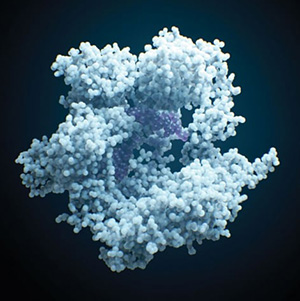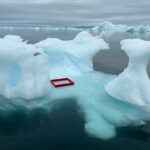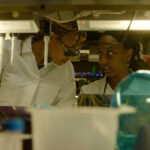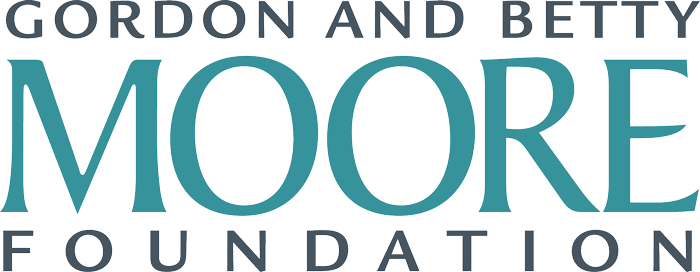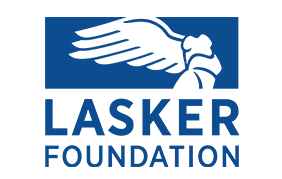Kiana Frank, Ph.D.: For me, science is more than something that just asks questions. Science is a mechanism and a tool for me to maka, to care for my spaces. Science is how I learn about and connect to my spaces. I didn’t become a scientist. I was born a scientist. My kupuna, my ancestors were natural scientists.
So this area of Kawainui. Wai is fresh water. Nui is big. So this area is known for its extensive fresh water. These are some of our very, very sacred water sources. All of this water flows through and feeds all different types of agriculture.
And then all behind me is what was the loko i’a, the fish pond. You have to use a little bit of your imagination right now because it looks like greenery. It looks like vegetation. But in the 1800s, Kawainui was said to have the capacity to produce almost 500,000 pounds of fish per year. And it was managed so well from the mountain to the sea that you could literally eat the mud. But the flow of water has been disconnected. Part of that has to do with the fact that the Kailua community has been so developed recently.
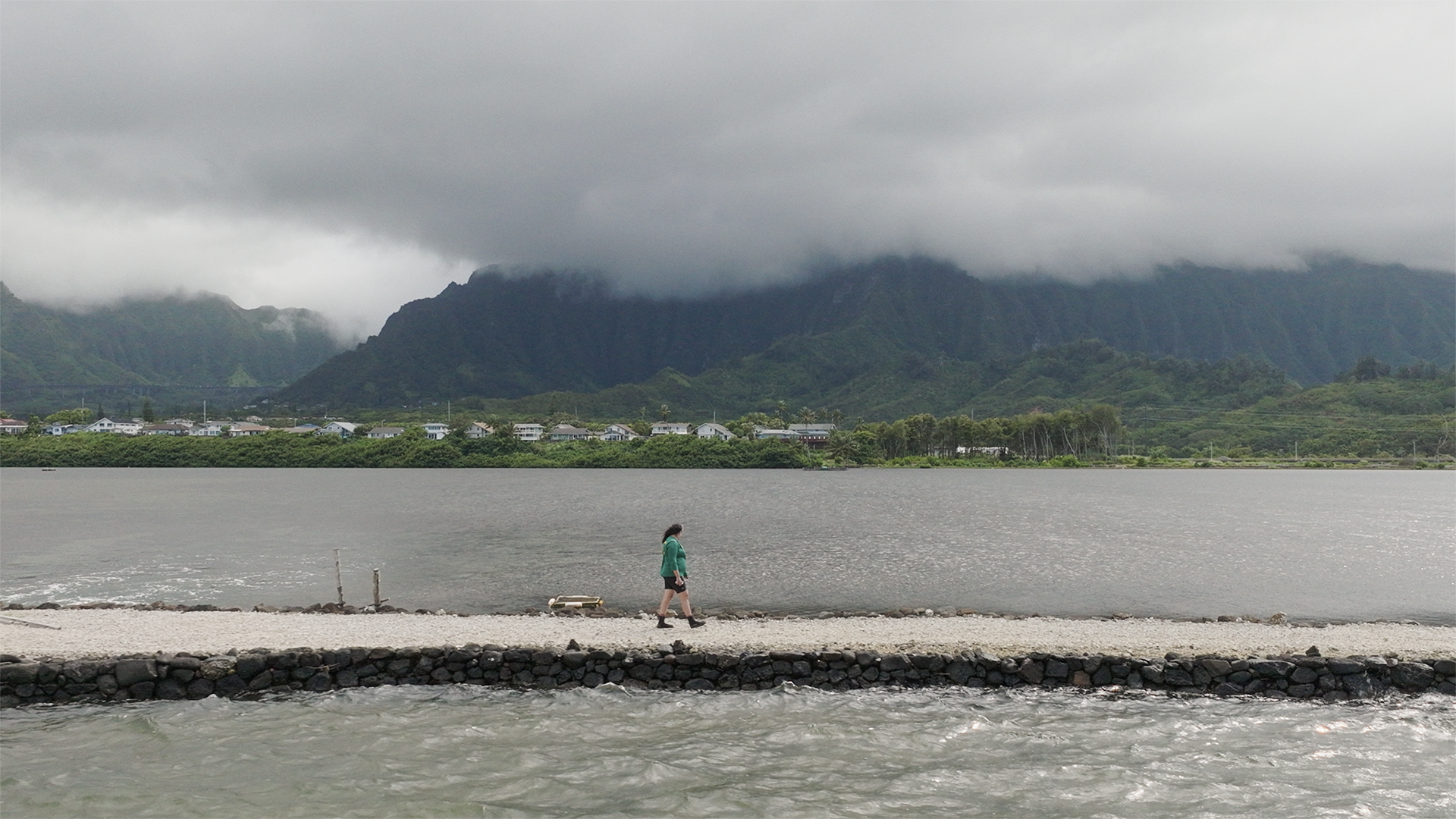
I felt really strongly that I needed to pursue science as a way to protect these spaces and restore them and bring them back to these spaces of productivity. I left Hawai’i because I felt like I needed to learn things to bring back home. We’re currently diving to the deep dark ocean, and it’s very exciting. So we’ll catch you on the surface.
I really wanted to use molecular techniques, genetics, to really understand who microbes are and what they’re doing in the environment. After being away for almost a decade, that was when I really got rooted back to Hawai’i, to my culture, with my language. What I try to do is to use contemporary techniques to decode the layers of meaning in some of our traditional knowledge. Hawaiians had an oral tradition and so the only way to pass knowledge was through storytelling.
So one of my favorite stories is at He’eia Fishpond. It’s 800 year old fish pond. And their Kia’i, their steward protector, her name is Meheanu, and she’s this fierce mo’o wahine. She can take many different forms. We talk about her as a mo’o and a dragon, but she can also take the form of an eel. But she also takes the form of a woman. And they say that her job is to make sure that the fish in the fishpond are well taken care of. Are you mixing the waters? Are you making sure that predators are outside rather than inside? And if you, as stewards, do not do your job to take care of these fish, she has the capacity to hide them from you. They know Meheanu is in the pond when the hau, a canoe plant used for cordage, hibiscusy-like, turns yellow. And they say it turns yellow because she’s relieving herself in the back of the pond.
When I heard this story, I started thinking, “Huh. Yellow, urine. I wonder if this story has something to do with nitrogen cycling.” Nitrogen is one of the most important nutrients in a fishpond, particularly ammonia, which is a form of inorganic nitrogen that’s required for the growth of plants, the growth of algae, photosynthetic bacteria that fish like to eat. And so we had this hypothesis: What if when Meheanu present, right? She pees in the pond, that might be associated with spikes in ammonia.
So we set up this great experiment. We sampled over the course of the year, multiple times a week, with the stewards of the space. And every time we had blooms of pua hau, and the hau was yellow, we would see these spikes in ammonia. Some of those spikes were due to storm flushes from the uplands. So it’s bringing down nutrients from the uplands down into the coast. At other times, you would see the pulse of nutrients come from the ocean side.
Now, adding to that, we added this layer of of microbiology. What we saw is that every time there was this spike in ammonia, we would then see these spikes in these photosynthetic populations, like Synechococcus. And these just happened to be some favored foods of the little baby pua amaama, the little tiny mullet that were trying to grow. So you can imagine that, you know, Meheanu is coming down, giving a buffet to all her little baby fish, making sure they’re big and strong. And the microbial data shows just that.
This story lasted 800 years, which means that there’s probably still a lot more to decode. But it’s really a beautiful lens to think about: What do we observe in our restoration practices moving forward? When there’s too much nitrogen in the system the hau is green and when there’s too little the hau is green, but when you, kind of, hit this optimum zone of nitrogen ammonia, you see all of the pua hau blossoming and you have that yellowing.
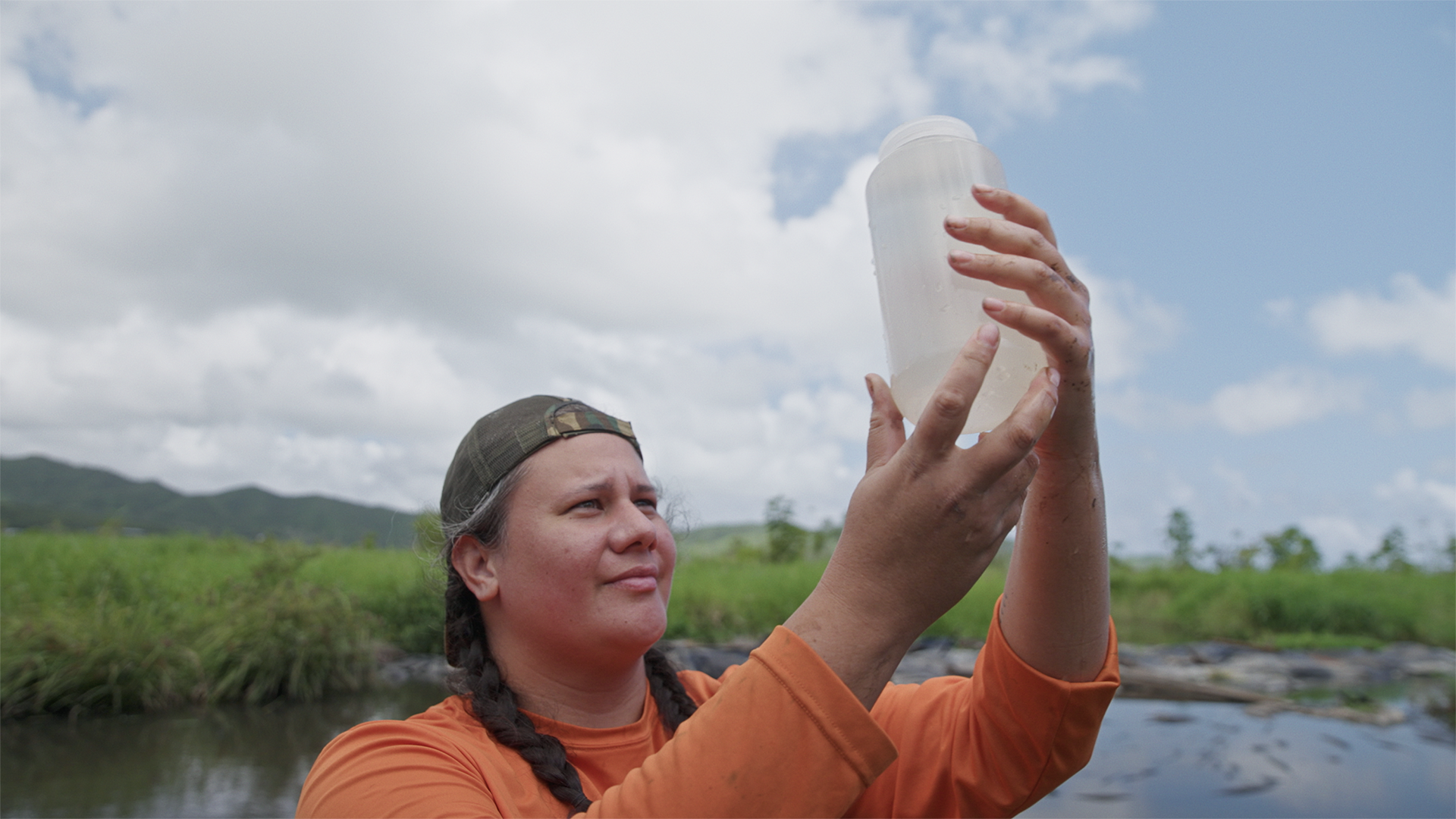
Maybe we also want to, like our ancestors did, plant them strategically to be used as biological indicators for the future. It feels like I’ve finally come full circle, but now is my deep investigation into this place to transform it back to what it once was. And collaborating with inspiring leaders with a vision who lead with aloha. These are the communities that that shaped me into being a Hawaiian scientist and a Hawaiian. My family, my ohana, my community, and my mud.
Amend, A.S., Swift, S.O., Darcy, J.L., Belcaid, M., Nelson, C.E., Buchanan, J., Cetraro, N., Fraiola, K., Frank, K., Kajihara, K. and McDermot, T.G. (2022). A ridge-to-reef ecosystem microbial census reveals environmental reservoirs for animal and plant microbiomes. Proceedings of the National Academy of Sciences, 119(33), p.e2204146119. https://doi.org/10.1073/pnas.2204146119
Hynson, N.A., Frank, K.L., Alegado, R.A., Amend, A.S., Arif, M, Bennett, G.M., Jani, A.J., Medeiros, M.C.I, Mileyko, Y., Nelson, C.E., Nguyen, N.H., Nigro, O.D., Prisic, S., Shin, S., Takagi, D., Wilson, S.T., & Yew, J. Y. (2018). Synergy among microbiota and their hosts: leveraging the Hawaiian archipelago and local collaborative networks to address pressing questions in microbiome research. mSystems, 3(2), e00159-17. https://doi.org/10.1128/msystems.00159-17
Watson, S., Arisdakessian, C., Petelo, M., Keliipuleole, K., Tachera, D.K., Okuhata, B.K., Dulai, H., Frank, K.L (2023). Geology and land use shape nitrogen and sulfur cycling groundwater microbial communities in Pacific Island aquifers. ISME Communications, 3 (1), 58. https://doi.org/10.1038/s43705-023-00261-5
Ginsberg, A.D., Chieza, N., Frank, K., Rands, A., & Vilutis, J. (2019). Piko A, Piko O, Piko I: Those that came before, those that are here now, and those that will come after. Journal of Design and Science. Retrieve from https://jods.mitpress.mit.edu/pub/issue4-frank-rands
Kiana’s #BOSSdancefriends YouTube channel, in which she and students perform original hula dances about their research: https://www.youtube.com/channel/UCnCazvpP_kDRyVRzYWStQcA
For the film:
Directors: Ruth Lichtman & Sharon Shattuck
Producers: Sharon Shattuck, Ruth Lichtman, Regina Sobel
Cinematographers: Abraham Williams (Hawai’i), Adam Wissing (puppetry), Andrew Agcaoili (drone)
Editors: Jillian Schlesinger, Sharon Shattuck, Ruth Lichtman
Puppeteers: Emma Wiseman, Shayna Strype, Elliot Kirschner, Ruth Lichtman, Sharon Shattuck
Grip: Reid Smith (Hawai’i)
Production Assistant: Al Mullen
Associate Producer: Lee Rossoff
Original Music: Jordan John Parker
Assistant Editor: Leslie Benavides
Colorist: Zachary Halberd
Sound Design & Mix: Richard Hamilton, Dragonfly Audio Post
Archival video courtesy of Kiana Frank and Kaleo Wong
Graphics & Animation: Sharon Shattuck
For the Science Communication Lab:
Executive Producers: Sarah Goodwin and Elliot Kirschner
Senior Producers: Shannon Behrman and Regina Sobel
Consulting Producer: Cidney Hue
Special Thanks: Kauluakalana and Paepae o He’eia
